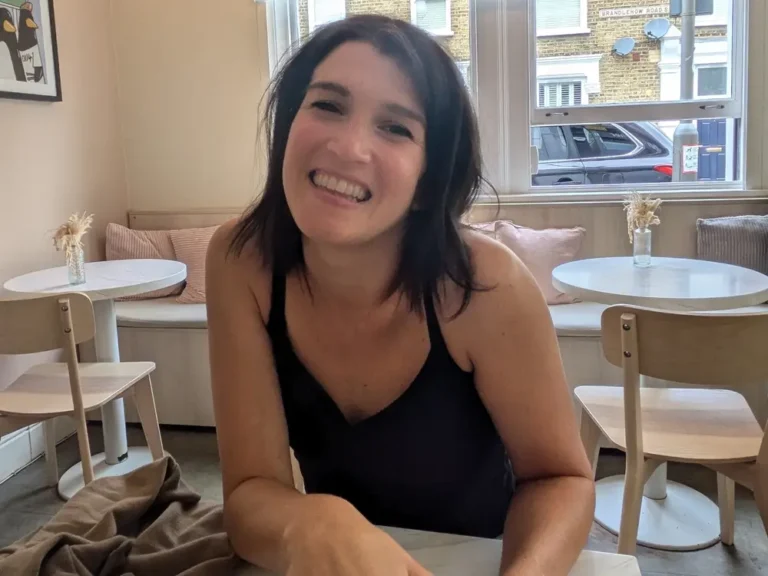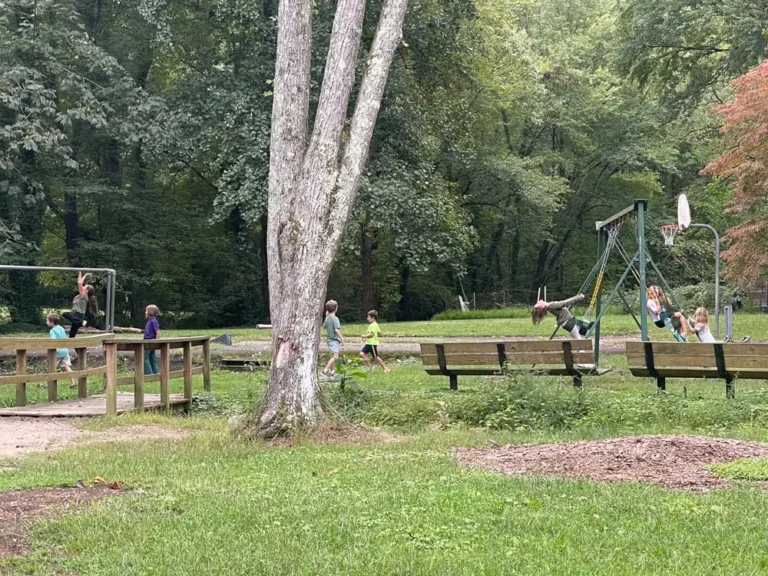How a nonprofit is using mentoring to mitigate college enrollment gaps for first-generation students

It’s difficult to imagine a seat at the table if you don’t see others who look like you there. In fact, it may not even occur to you to ask the question, “Do I belong?” Take the case of high school students without post-secondary role models to inspire them.
“Many come from backgrounds where the idea of college feels distant or even unattainable,” said Dr. Heather D. Wathington, CEO of iMentor. “They may not have family members who have walked this path before them, leaving them to face the daunting process of college applications, financial aid, and career planning alone.”
For first-generation students and students of color in underserved communities, the hurdles have mounted as schools and students navigate complications with financial aid forms and the removal of race-conscious admissions.
But iMentor, now celebrating its 25th anniversary, aims to overcome such hurdles with a unique mentoring program — and it’s getting results.
Why mentoring matters
Founded in 1999, iMentor recognized the need for a more inclusive approach to academic success that acknowledges the unique voices and life experiences of students. Since then, the organization has helped 42,000 underserved high school students achieve their goals through mentorship.
At the heart of iMentor’s approach is a commitment to deeply understanding the unique experiences of first-generation and underrepresented students, according to Wathington. She said the iMentor program seeks to close the equity gap that persists in college admissions and build the social capital that underserved students need and provide relatable role models.
“If you see it, you can be it,” Wathington said of her organization’s work to show first-generation students and students of color that they belong in college and career settings on the other side.
As Wathington sees it, mentors aren’t just there to check boxes. “Mentorship doesn’t just change individual lives,” she said. “It transforms entire communities by breaking generational cycles of poverty and limited education.” And the program also benefits mentors.
“By volunteering, you are not only helping others, you are nurturing your spirit and becoming a better human being,” said Heather McKenzie, a dedicated iMentor volunteer.
Mentorship in action
According to iMentor, more than 93% of the high-school students in its program mentored between 2022 and 2023 got into college. Besides its mentors, Wathington chalked up the nonprofit’s success to a research-based curriculum that fosters collaboration with high schools in underserved areas.
“Our approach is not just about matching mentors with mentees,” Wathington said. “It’s about meticulously crafting a program that anticipates the challenges encountered by underrepresented students and equips mentors with the tools and insights necessary to address them.” That means mentees get help and encouragement from mentors who understand the ins and outs of every student’s life circumstances, obstacles, and aspirations.
“Our 25 years of experience have taught us that success lies in the details,” Wathington added.
Starting in students’ junior year of high school, mentor pairs participate in weekly online sessions and monthly in-person meetings. The approach gives mentors time to tap into students’ passions and understand their unique circumstances well before the college application process.
Technology also plays a key role in making iMentor’s processes more accessible for students and mentors, providing flexible communication options for in-person, virtual, and hybrid sessions.
iMentor’s platform lets mentors check in with their students and offer support directly from their phones to provide guidance whenever it’s needed. “The iMentor model is based on a flexible commitment that works with a mentor and student’s schedules,” Wathington said.
Removing obstacles
For Wathington and her iMentor colleagues, their work is about taking down barriers to college and future careers for students in underserved communities, one mentor-and-mentee relationship at a time.
“Our students often face systemic barriers and personal challenges that can make the path to college feel uncertain,” Wathington said. “A mentor’s belief in the mentee’s potential helps to build confidence and resilience. This emotional support, coupled with practical advice and networking opportunities, can turn aspirations into achievable goals.”
One tangible result of iMentor’s support is a significant reduction in the phenomenon of summer melt, in which enrolled college students don’t show up for their first semester.
Up to 40% of low-income students don’t enroll in college the fall after high school graduation despite being accepted. Things like last-minute financial aid or housing forms, course registration, or even selecting a meal plan can derail enrollment, particularly for students lacking college-grad role models outside of school to guide them.
But iMentor has helped bridge the gap, reducing the summer-melt rate for iMentor mentees in New York City to just 13% in 2024, according to Wathington.
Looking ahead
Now, iMentor seeks to build on the success of its model in responding to an increasing need for mentorship in the face of intensifying obstacles to college and career entry.
As it marks its 25th anniversary, the organization has set its sights on expanding the impact of mentoring beyond high schools through new programs designed in partnership with corporate, higher education, and youth-focused organizations, according to Wathington. Looking ahead, the organization is entering a building phase with the launch of groundbreaking initiatives that will extend its reach and impact and share its expertise in building 1-1 mentoring relationships.
First, iMentor will launch programs with partners in higher education that move its curriculum beyond high school hallways with robust technology platforms to support first-generation students as they persist through college with invaluable networking opportunities and career readiness support. Wathington notes that linking colleges with the corporate world is a critical step to bridge the gap between talent and access. Additionally, iMentor is growing its work with non-profit community organizations across the nation to ensure that every young person, especially first-generation students, is able to benefit from the support of a mentor.
As iMentor prepares to take its mission to the next level, one thing is clear — the impact of mentoring, in high school and beyond, is just getting started. And it’s fueled by volunteers who see the critical role mentoring can play in unlocking a young person’s full potential and helping to set them on a path for success.




